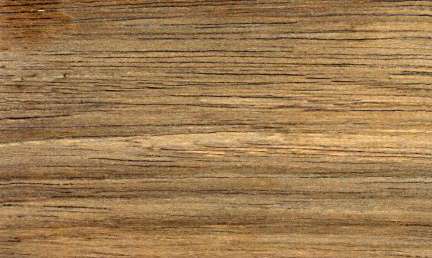
Pterygota (Pterygota horsfieldii)
Family:
Common names: Pterygota, White Tulip Oak
Distributed in: Indonesia, Papua New Guinea (Oceania and S.E. Asia)
Distribution overview: The growth range of this species includes Irian Java in Southeast Asia.
Common uses: Boxes and crates, Bridge beams, Bridge construction, Bridge joists, Broom handles, Building construction, Building materials, Cabin construction, Casks, Chairs, Chests, Concealed parts (Furniture), Construction, Core Stock, Decorative plywood, Decorative veneer, Desks, Dining-room furniture, Domestic flooring, Dowell pins, Dowells, Drawer sides, Excelsior, Factory construction, Factory flooring, Figured veneer, Fine furniture, Floor lamps, Flooring, Furniture , Furniture components, Furniture squares or stock, Handles, Heavy construction, Joinery, Ladders , Mine timbers, Plywood, Turnery, Vehicle parts, Veneer, Wharf construction
Environment profile: Status has not been officially assessed
Tree size: Trunk diameter is 150-200 cm
Colors: the heart isPurple, Redand the sapwoodWhite, Yellow.The grain isStraight to shallowly interlocked, the textureMedium to coarseand the lusterMedium
Natural durability: Resistant to termites, Susceptible to insect attack
Odor: No specific smell or taste
Silica Content: High
Kiln Drying Rate: Naturally dries quickly
Drying Defects: Shakes may become extended, Splitting
Ease of Drying: Slowly
Blunting Effect: High to severe
Boring: Fairly difficult to very difficult
Cutting Resistance: Material with interlocked grain can be difficult.
Gluing: Satisfactory gluing properties
Mortising: Fairly Difficult to Very Difficult
Moulding: Fairly Difficult to Very Difficult
Movement in Service: Fairly Difficult to Very Difficult
Nailing: Satisfactory nailing properties, Very Good to Excellent
Planing: Very Good to Excellent
Resistance to Impregnation: Resistant sapwood
Response to hand tools: Fairly Difficult to Difficult to Work
Routing recessing: Fairly Difficult to Very Difficult
Sanding: Satisfactory sanding characteristics
Steam bending: Poor
Screwing: Fairly Easy to Very Easy
; Turning: Fairly Difficult to Very Difficult
Polishing: Satisfactory; Staining: Satisfactory staining properties
;
- Numerical data Metric
- Numerical data English
- Strength properties
- References
 |
 |
 |
 |
| Item |
Green |
Dry |
Metric |
| Specific Gravity |
|
|
|
| Density |
|
592 |
kg/m3 |
| Bending Strength |
716 |
1088 |
kg/cm2 |
| Crushing Strength |
376 |
640 |
kg/cm2 |
| Hardness |
|
649 |
kg |
| Impact Strength |
|
|
cm |
| Shearing Strength |
|
104 |
kg/cm2 |
| Stiffness |
129 |
156 |
1000 kg/cm2 |
| Tangential Shrinkage |
|
|
% |
| Radial Shrinkage |
|
|
% |
| Weight |
|
|
kg/m3 |
| Maximum Load |
|
|
cm-kg/cm3 |
| Toughness |
|
183 |
cm-kg |
| Static Bending |
485 |
764 |
kg/cm2 |
|
 |  |  |  | | Item | Green | Dry | English | | Bending Strength | 10192 | 15484 | psi | | Density | | 37 | lbs/ft3 | | Hardness | | 1431 | lbs | | Maximum Crushing Strength | 5361 | 9114 | psi | | Shearing Strength | | 1490 | psi | | Static Bending | 6909 | 10878 | psi | | Stiffness | 1842 | 2225 | 1000 psi | | Toughness | | 159 | inch-lbs | | Specific Gravity | 0.61 | 0.65 | | |
Resistance to shock loads is very low
Max. crushing strength = high
Hardness (side grain) = medium
Density = high
Compression strength (parallel to grain) = very high
Bending strength (MOR) = very high
Bolza, E., Kloot, N. H. 1966. The Mechanical Properties of 81 New Guinea Timbers. Technological Paper No. 41. Division of Forest Products, Center for Scientific and Industrial Organization (CSIRO, Melbourne, AustraliaEddowes, P.J. 1977. Commercial Timbers of Papua New Guinea - Their Properties and Uses. Forest Products Research Center, Office of Forests, Department of Primary Industry, Papua New Guinea.Keating, W.G., Bolza, E.,1982,Characteristics properties and uses of timbers. South East Asia, Northern,Australia and the Pacific,C.S.I.R.O. Div. Chemical Technology,Inkata Press,1
|








